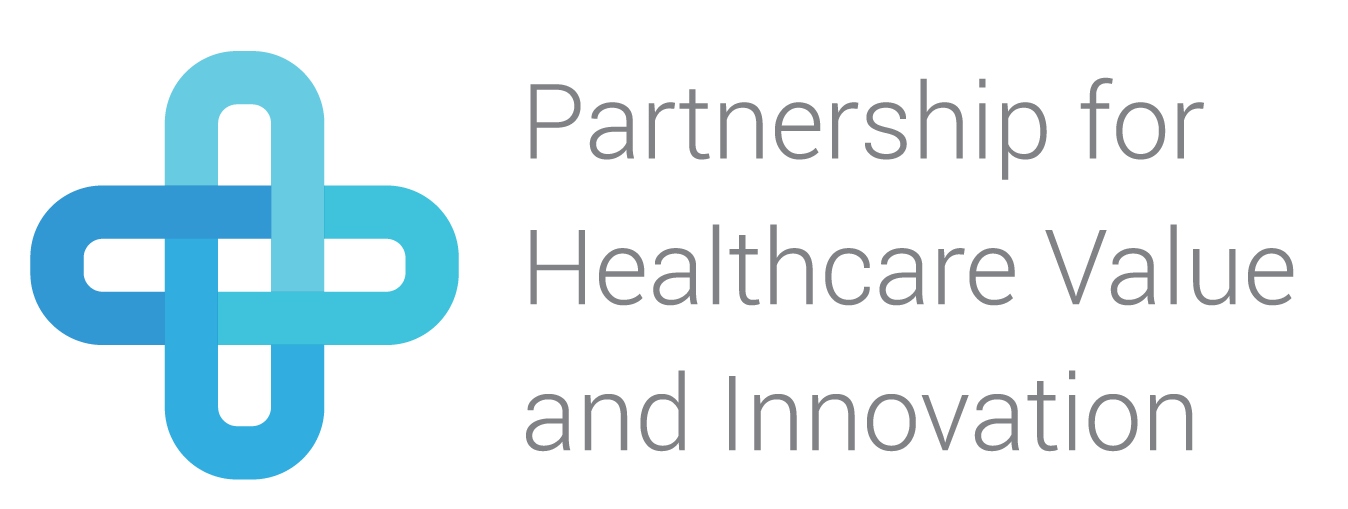New medicines save and improve lives every day. They reduce costs to taxpayers and patients. They drive the engines of science and innovation.
HEALTH:
Specialty medicines provide patients with today’s most complex and challenging diseases hope for the future. They have a transformative impact on the health and well-being of patients and their caregivers by extending life, halting or slowing disease progression, minimizing complications, preventing hospitalizations and surgeries, and reducing side effects.
- 117 million Americans suffer from a chronic disease. 48% of deaths in 2010 were caused by heart disease and cancer. New medicines offer us the tools to transform outcomes for patients.1
- In the decade before 1983, only ten new treatments were brought to market by the pharmaceutical industry to treat the 7,000 “rare” diseases. Now, more than 400 drugs are available to the thirty million Americans who suffer from these diseases.2
VALUE:
Treating illnesses with highly effective medicines is a successful long-term disease and cost-management strategy. In fact, drug costs are increasing considerably more slowly than health care costs overall, and the rate of increase in U.S. drug expenditures has been dropping for over a decade. Loss of productivity caused by illness costs us billions – value which can be regained by smarter use of new medicines.
- Improvements in prevention and treatment brought on by new medicine have the potential to save hundreds of billions of dollars in ongoing treatment costs within the next decade and expand our economy by $900 billion.3
- Annual increases in American drug expenditures have been decreasing for over a decade, with just a 0.4% increase from 2012 to 2013, compared with a 3.9% increase in overall healthcare spending. 4 & 5
- Every dollar spent on treatments rather than ongoing care saves the overall healthcare system three to ten dollars.6
- Lowering the cancer death rate by ten percent would be worth $4.4 trillion.7
- The lost economic potential due to chronic illness costs nearly 2% of the U.S. GDP annually.8
- Only 1.2% of the growth in total healthcare spending between 2011 and 2012 was due to medicines.9
- In 2012 spending on prescription drugs fell to 11% of total healthcare spending after holding steady at 12% from 2002-2011.9
- Chronic diseases will cost a projected $4.2 trillion in lost productivity and ongoing treatment costs by 2023.10
INNOVATION:
Pharmaceutical companies are on the cutting edge of innovative research and development. While developing new medicines is a costly and long-term process, it is critical that researchers have the ability to fund their investigations. Even unsuccessful efforts are key to enhancing scientific understanding of the diseases researchers seek to defeat, and may be the stepping-stone to a treatment or cure.
- Pharmaceutical firms invest as much as five times more in research and development, relative to their sales, than the average U.S. manufacturing firm.11
- In the decade before 1983, only ten new treatments were brought to market by the pharmaceutical industry to treat the 7,000 “rare” diseases. Now, more than 400 drugs are available to the thirty million Americans who suffer from these diseases.12
- Developing new drugs can take up to 15 years.13
- Most new treatments never make it out of the research phase, and even after all the investment, 95% of new medicines are never approved.14
- Factoring in years of research and clinical trials, the average cost of bringing a single drug to market is about $350 million. The average cost to bring a drug to market for a company working on multiple projects at once is about $6 billion.15
- “Checkup Time: Chronic Disease and Wellness in America,” Milken Institute, 2014.
- “Rare Diseases: A Report on Orphan Drugs in the Pipeline,” Pharmaceutical Researchers and Manufacturers of American, 2013.
- “Checkup Time: Chronic Disease and Wellness in America,” Milken Institute, 2014.
- “Health Spending Grew 3.6% in 2013,” Wall St Journal and Center for Medicare and Medicaid Services, 2014.
- “National Trends in Prescription Drug Expenditures and Projections for 2014,” American Journal of Health-System Pharmacy, 2014.
- “Innovation in the Biopharmaceutical Pipeline: A Multidimensional View,” Analysis Group, 2013
- “Measuring the Gains for Medical Research: An Economic Approach,” University of Chicago, 2003.
- “Global Economic Cost of Cancer,” American Cancer Society, 2010.
- “US Healthcare Spending: Who Pays?” California Healthcare Foundation, 2014.
- “Checkup Time: Chronic Disease and Wellness in America,” Milken Institute, 2014.
- “Research and Development in the Pharmaceutical Industry,” Congressional Budget Office, 2006.
- “Rare Diseases: A Report on Orphan Drugs in the Pipeline,” Pharmaceutical Researchers and Manufacturers of America, 2013.
- Wall Street Journal, 12/30/2013.
- Forbes, 8/11/2013.
- Forbes, 8/11/2013.
